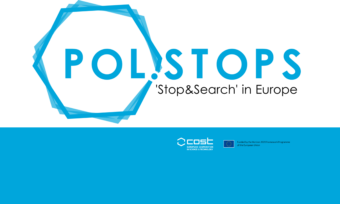Research on body-worn cameras (BWC) has tended, through evaluations or randomized controlled trials, to look to demonstrate some assumed benefit or consequence of the use of BWC. This article is concerned with the ways in which police officers use and talk about BWC and draw on ethnographic research over the past 30 months in one force as it rolled out the use of cameras. BWC have become a useful tool in the array of those available to officers. At the same time, they come with some downsides. There are pressures to use the cameras in more and more encounters with the public and while their use may raise the standards of police–citizen interactions, there is also a concern that they constrain discretion. Beyond their immediate use, questions about their evidential value have also emerged. Finally, we begin to question the model of accountability cameras present to the public.
Latest News
International conference POLICE STOPS ACROSS EUROPE (28 February 2023, The Hague, The Netherlands)
News
For more than four years, our EU COST funded network on Police Stops has been gathering information, hearing from experts…
Read moreWorkshop 'Registration of police stops and ethnicity and defining the police stop' 31 Aug - 2 Sept 2022
News
In line with our project’s ambition to share learning and explore the issue police stops across Europe, we are organising…
Read moreCfP European Journal of Policing Studies - Special Issue: The Dynamics of Police Stops
News
European Journal of Policing Studies Special Issue: The Dynamics of Police Stops Guest editors: Mike Rowe Sofie de Kimpe Vincenzo…
Read morePolstops Newsletter n4 (June 2022)
News
At last, we have been able to meet again. And we can now begin to identify what we have missed…
Read more




